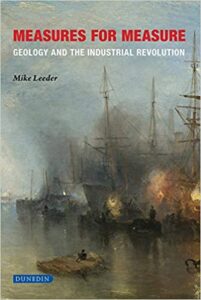The British upper Ordovician has a spectacular variety of invertebrate fossils. The marine communities in which they lived developed on a number of microcontintents and terranes, associated with tectonically active areas of the Earth’s crust.


The British upper Ordovician has a spectacular variety of invertebrate fossils. The marine communities in which they lived developed on a number of microcontintents and terranes, associated with tectonically active areas of the Earth’s crust.

Back in 1994, Scottish Natural Heritage, together with the BGS, published a guidebook entitled Cairngorms: A landscape fashioned by geology. With the publication of Argyll and the Islands: A landscape fashioned by geology, it has now extended this excellent series to 20 such guides.

The Caithness area of Scotland is important for its geology, but is also well known for its palaeontology. The Caithness Flagstones are famous for fossil fish and the Helmsdale Fault for the Helmsdale Boulder Beds deposit, beside an active submarine fault scarp. The area even once had its own ‘gold rush’ and you can still try your luck at panning there today at Kildonan.
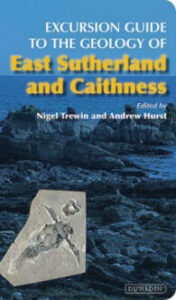
The Dalradian is a geological term describing a series of metamorphic rocks, typically in the high ground lying southeast of the Great Glen of Scotland. It was named after the old Celtic region of Dál Riata (Dalriada) by the geologist, Sir A Geikie, in 1891, and the term now covers a range of metamorphic rocks.
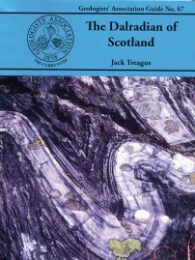
The Scottish Borders region is famed for their frontier history, and attendant myths and ballads. This book is concerned with their more ancient geological history, which is revealed by its rocks. These indicate that the area was once on the edge of a huge ocean – the Iapetus – which met its end between the inexorable crush of tectonic plates.
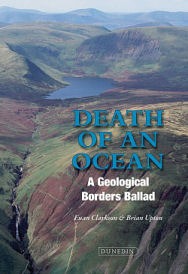
Roderick Impey Murchison must have been a remarkable man. The son of a Scottish landowner, he was one of the first people to rigorously use the principles of stratigraphy discovered by William Smith, which put him in a position to erect the Silurian system and to name about 123myrs of geological time.
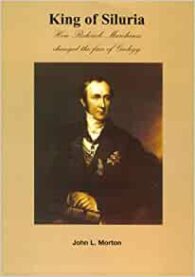
This is a comprehensive account of the minerals found in the British Isles (including Ireland) and the surrounding islands. At over 600 pages and illustrated throughout by over 550 images (mostly in colour), the book provides exhaustive coverage of the remarkably wide range of minerals found in this part of the world.
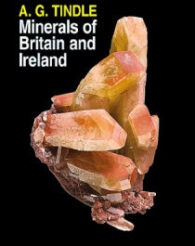
The first ever fossils I collected were from the spoils tips of the two coal mines in Aberdare, South Wales. Alas, these and most other such spoil tips have been landscaped and covered over. Clearly this was both inevitable and desirable after the closure the UK coal industry, but it is a shame for those of us who love Carboniferous Coal Measures plant fossils.
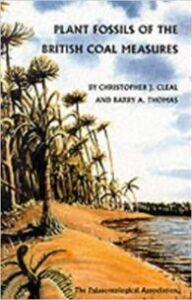
The author, John L Morton, certainly came to popular geological publishing by an interesting and circuitous route. Trained as a pilot, became the district commissioner for scouts in Horsham and, on retirement, studied a BSc in, among other things, geology. In 2001, on the strength of this book on William Smith, he was elected a Fellow of the Geological Society.

It might come as a surprise to the vast majority of the UK population (and probably anyone reading this elsewhere), but this country is a great place for dinosaurs. In fact, it is one of the most important places for Lower Cretaceous dinosaurs, whose remains have been found on the Isle of Wight and in the Weald. A possible Triassic dinosaur has also been found in Morayshire, Scotland, and there are plenty more from the entire length of the Jurassic.
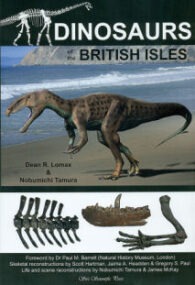
In this book, you will travel back millions of years in time, as though a time-traveller, to join wildlife safaris and visit ancient environments teeming with life. As the fossils come alive, you will experience and understand the fauna, flora and landscapes seen at localities in the geological past of Scotland.

The Pentland Hills in Scotland yield a large number of Silurian marine fossils. Although theys are only found within a small area of the Pentland Hills, the formations are extremely rich in fossils.
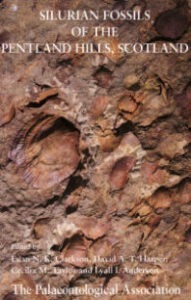
This is a very ambitious work. The authors discuss the geology of Britain as a “geological legacy”, that is, they believe it is “an inheritance bequeathed to 11 millennia or so of its post-glacial inhabitants”. Therefore, the book covers the geological foundations of its landscape and its raw materials; and how both of these have been used by society and individuals in the visual arts and literature, as well as for mining, quarrying and architecture.
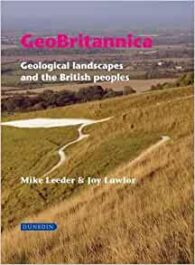
As the author, John McManus, writes: “The East Neuk of Fife was blessed with a mineral resource that was relatively easy to access”. This resource was coal – the driver of the industrial revolution and, even before then, a crucial element to the area’s industrial development from medieval times (or even Roman times) to the late twentieth century.
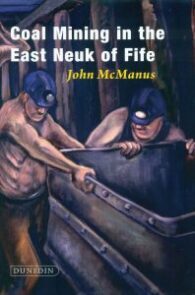
I’ve been waiting for a book like this for a very long time and am delighted that a publication of this quality has now arrived. New books covering British palaeontology are always welcome.

I love the Scottish Highlands and I am proud to say that I have climbed many of the mountains covered in the glossy hardback. But, as I say in the other book review on this page, it is more than a picture book. It contains some excellent and fascinating science explaining their outstanding beauty.
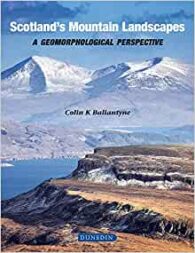
I have reviewed some excellent previous guides in this series (Iceland: Classic Geology in Europe 3), but this one is closer to home and covers an area that I have fond memories of from my Munro-bagging days. This is more a companion guide for those walking in the Highlands, especially those on geological field trips.
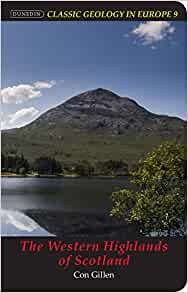
If you can see past the somewhat robust title (a reference to James Hutton’s discomfort riding around Scotland on horseback during his geological investigations), this is an interesting read, combining both geological science and humour in just about the right measures.
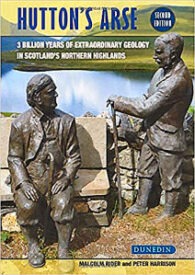
Recently, I have finished the Great Silurian Controversy, a magnificent book about the nineteenth century arguments over the age of the lower Palaeozoic greywackes/sediments of Devon, and the creation of the concept of the Devonian. And reading The Lewisian: Britain’s oldest rocks by Graham Park, it occurs to me that this should perhaps be called, The Great Lewisian Controversy. It shares the same historical and scientific intentions, and the same grand sweep of scientific history, this time from the early twentieth century – namely, the exploration over decades of the geology of the Lewisian of northwest Scotland.
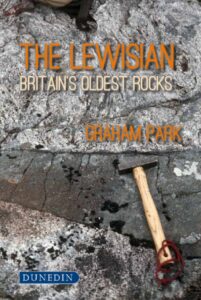
This is an interesting little booklet and very much a new departure for the Palaeontological Association. Rather than covering specific fossils, it contains colourful, detailed, artistic illustrations, accompanied by concise explanatory text by palaeoartist, James McKay.
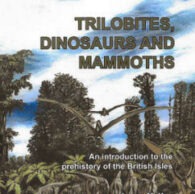
I remember reading and enjoying this book when the first edition came out many years ago. I am also a keen hillwalker and have stood on top of many of the Scottish mountains referred to in the text. In fact, I particularly enjoyed climbing Ben More on the island of Mull, which I remember reading was the last volcano in northwest Europe.
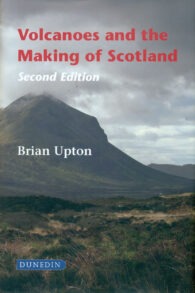
As a former ‘Munro bagger’ and now keen geologist, this book combines two of my favourite pastimes. While the body is not quite so willing as before, the ability to read about the geology of some of my favourite Scottish walks is an absolute pleasure.

The fossil bearing rocks of the British Isles contain the remains of life from the last 2,900Ma and the UK is seen by many as the cradle of modern geology. With this is mind and using a geological map of Britain, palaeontologist Peter Doyle offers a comprehensive guide to UK fossils.
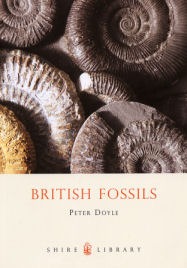
I always wait expectantly for the publication of a new Palaeontological Association guide to fossils and, when they turn up, I am never disappointed. This is undoubtedly another triumph. This guide attempts to bring the diversity of its flora and fauna together in a single work, for the first time.
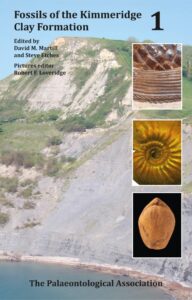
I sat down to read this over Christmas and what a good read it turned out to be. The appropriate word is ‘eclectic’ – because Measures for Measure is written for all us with an interest in the industrial history of Great Britain, and its impact on the landscape, economy, social history and culture.
